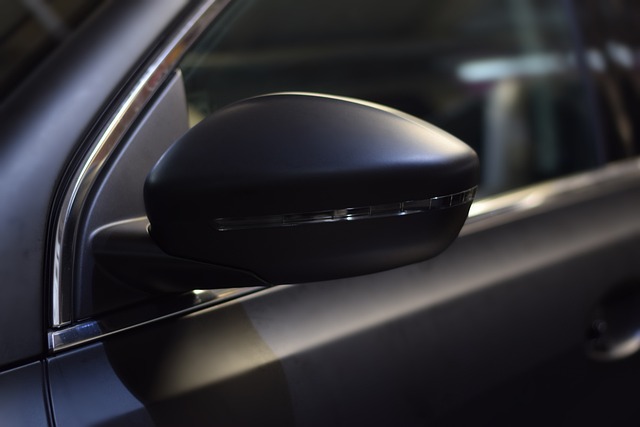Mastering the Art of Seamless Vinyl Wrap: Expert Techniques Revealed
Vinyl wrapping has evolved into a popular method for enhancing the aesthetics of vehicles. With the right techniques, you can achieve a flawless and seamless finish that not only looks stunning but also adds durability. In this post, we’ll explore the latest seamless vinyl wrap methods used by professionals to elevate your vinyl wrapping game.
The Importance of Seamless Vinyl Wrap
A seamless vinyl wrap is crucial for several reasons:
- Aesthetics: A seamless finish provides a clean and polished look that enhances the vehicle’s overall appearance.
- Durability: Properly applied vinyl wraps are more resistant to wear and tear, ensuring longevity.
- Value: A quality wrap can increase the resale value of a vehicle by protecting the original paint underneath.
Essential Tools and Materials
Before diving into the techniques, it’s important to gather the right tools and materials. Here’s a list of essentials:
- High-quality vinyl wrap
- Heat gun
- Application squeegee
- Utility knife
- Surface cleaner
- Measuring tape
- Masking tape
Techniques for a Flawless Vinyl Wrap
1. Surface Preparation
Proper surface preparation is the foundation of a successful wrap. Follow these steps:
- Clean the surface thoroughly with a surface cleaner to remove dirt, oil, and wax.
- Inspect for imperfections such as scratches or dents, and repair them before applying the vinyl.
- Use masking tape to outline areas that will not be wrapped, ensuring clean edges.
2. Measuring and Cutting
Accurate measuring and cutting are crucial for seamless application:
- Measure the area to be wrapped carefully, allowing for extra material at the edges.
- Lay the vinyl flat and cut it to size, ensuring that you have enough overlap for seams.
- Use a utility knife to create clean edges and avoid jagged cuts.
3. Heating the Vinyl
One of the most important steps to achieve a seamless finish is heating the vinyl:
- Use a heat gun to warm the vinyl slightly before application. This makes it more pliable and easier to work with.
- Be cautious not to overheat, as this can cause damage or distortion in the vinyl.
4. Application Techniques
Applying the vinyl correctly is essential for a seamless finish:
- Start from one side and gradually work your way across, using the application squeegee to smooth out air bubbles.
- Apply pressure evenly and continuously, ensuring that the vinyl adheres well to the surface.
- Use your heat gun as needed during application to help conform the vinyl to curves and contours.
5. Trimming and Finishing
Once the vinyl is applied, it’s time to trim and finish:
- Carefully trim excess vinyl along edges with a utility knife, ensuring a clean line.
- Use the heat gun again to shrink and seal the edges of the wrap, preventing peeling.
- Inspect the wrap for any imperfections and address them immediately for a perfect finish.
Common Mistakes to Avoid
Even seasoned professionals can encounter issues. Here are common mistakes to watch out for:
- Skipping surface preparation can lead to poor adhesion.
- Not allowing enough overlap can cause seams to become visible.
- Overheating the vinyl can result in distortion and loss of color.
Conclusion
Mastering the art of seamless vinyl wrap requires practice, patience, and the right techniques. By utilizing the expert methods outlined above, you can achieve a flawless finish that enhances the aesthetics and durability of your vehicle. Remember, the key to a successful wrap lies in preparation, application, and finishing touches. Happy wrapping!



